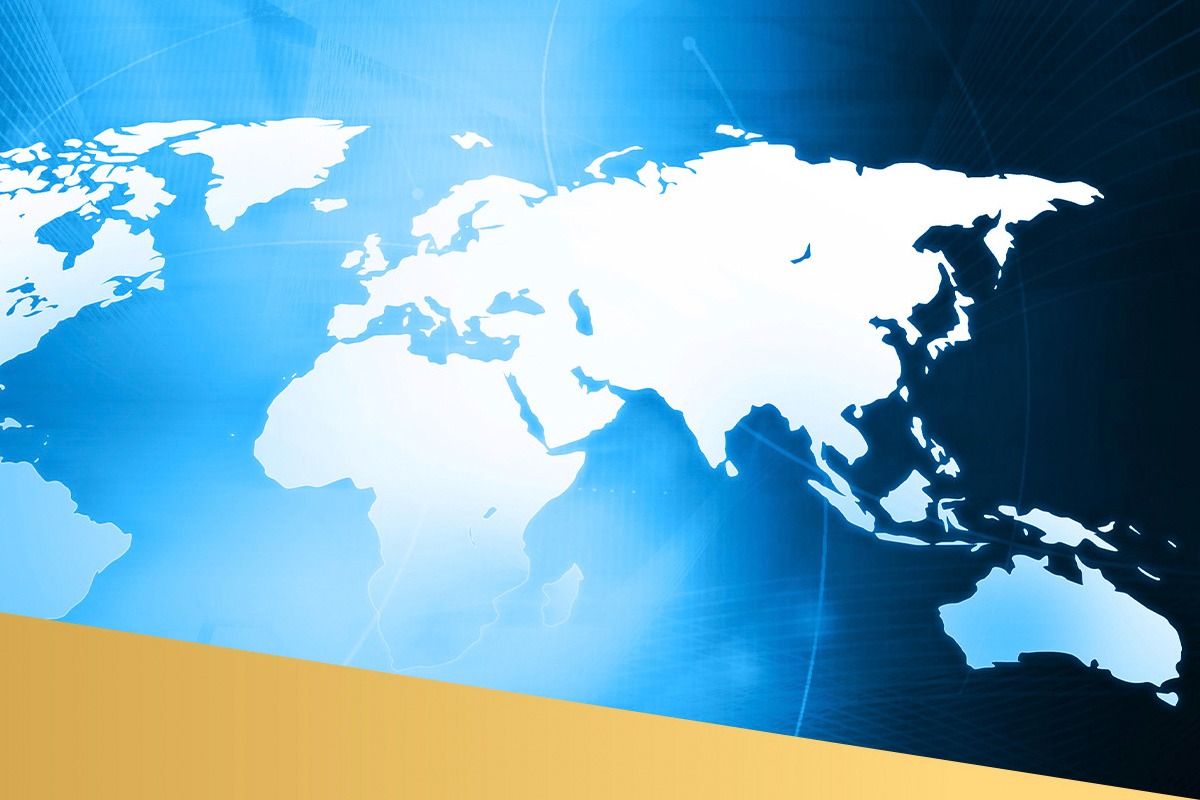Levente Horváth, Ph.D.,
Director of the Eurasia Center,
Editor-in-Chief of the Eurasia Magazine
Eighty years ago, in 1944, the US dollar's hegemonic role was established at Bretton Woods. The Bretton Woods system fell apart a quarter of a century later, but the dollar's leadership had by then become unchallenged - even beyond its peg to gold.
Everyone invested and traded in dollars, and in the 1970s, the concept of the petrodollar was born, meaning that oil could only be paid for in dollars. By the early 21st century, the US dollar accounted for 70 per cent of global foreign exchange reserves.
The beginning of the 21st century saw the beginning of a change, a forerunner of a shift in the world order. The role of the dollar began to decline very slowly, with the share of the dollar falling below 59 per cent in the last quarter of 2022, according to IMF data on the currency composition of official foreign reserves.

